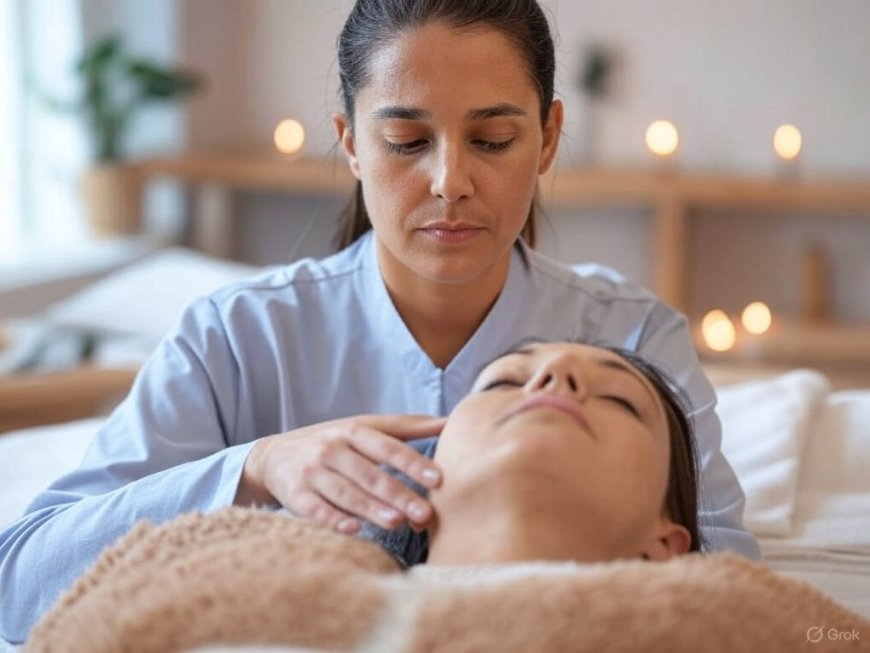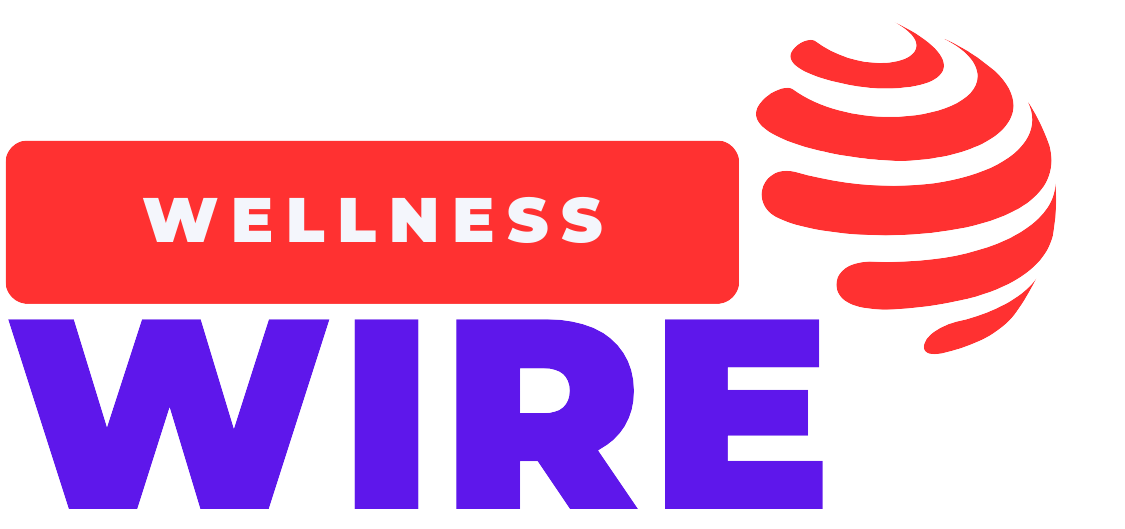Reflexology: How Foot Massage Can Improve Overall Health & Reduce Stress
Discover how reflexology, an ancient foot massage therapy, can reduce stress, boost circulation, and improve overall health. Learn the benefits and techniques.

Introduction: The Ancient Healing Power of Reflexology
In a world dominated by fast-paced lifestyles, stress and health issues have become a growing concern. While modern medicine provides numerous solutions, many people are turning to ancient holistic therapies for natural healing. One such therapy that has gained global recognition is reflexology—a practice that involves applying pressure to specific points on the feet to promote overall well-being.
Rooted in Traditional Chinese Medicine (TCM) and ancient Egyptian practices, reflexology is more than just a relaxing foot massage. It is based on the belief that different points on the feet correspond to various organs and systems in the body. By stimulating these points, reflexologists claim that they can help alleviate stress, improve circulation, and even support the body's natural healing processes.
But is there science behind these claims? And how can reflexology benefit your health? This article delves into the history, benefits, techniques, and scientific evidence behind reflexology, showing why it is becoming a preferred alternative therapy for many.
What is Reflexology?
Reflexology is a non-invasive, holistic therapy that involves applying gentle but firm pressure to specific areas of the feet, hands, or ears. The practice is based on the idea that these areas contain reflex points that are linked to different organs and body parts.
By stimulating these reflex points, reflexologists believe they can restore balance to the body, relieve tension, and improve overall health. Unlike traditional massages that focus on muscles and soft tissues, reflexology works on the nervous system and energy pathways to promote deep relaxation and healing.
A Brief History of Reflexology
The origins of reflexology can be traced back thousands of years:
-
Ancient Egypt: The earliest evidence of reflexology dates back to 2500 BC, with Egyptian hieroglyphs depicting foot and hand massage techniques. (Source)
-
Traditional Chinese Medicine: Reflexology shares similarities with acupressure and acupuncture, which focus on energy meridians to balance the body's vital force (Qi). (Source)
-
Modern Reflexology: In the early 20th century, Dr. William Fitzgerald developed zone therapy, which divided the body into ten vertical zones, laying the foundation for modern reflexology. Later, Eunice Ingham refined this approach, mapping out detailed reflex points on the feet. (Source)
Health Benefits of Reflexology
1. Reduces Stress and Anxiety
One of the most well-documented benefits of reflexology is its ability to lower stress levels. When pressure is applied to reflex points, it activates the parasympathetic nervous system, which helps calm the body and mind.
A study published in Complementary Therapies in Clinical Practice found that foot reflexology significantly reduces anxiety and stress levels in patients. (Source)
2. Improves Circulation and Detoxification
Poor circulation can lead to fatigue, muscle cramps, and a weakened immune system. Reflexology enhances blood flow, allowing oxygen and nutrients to reach vital organs while promoting the removal of toxins.
Research from the University of Portsmouth showed that reflexology could increase blood circulation by up to 20%, helping improve overall vitality. (Source)
3. Boosts Immune Function
By stimulating reflex points connected to the lymphatic system, reflexology can help strengthen immunity. A study in BMC Complementary Medicine and Therapies reported that regular reflexology sessions led to a noticeable increase in white blood cell activity, which plays a key role in fighting infections. (Source)
4. Relieves Pain Naturally
Reflexology has been used as a natural pain relief method for conditions such as migraines, arthritis, and back pain. Studies suggest that stimulating certain reflex points triggers the release of endorphins, the body's natural painkillers.
For example, research conducted by the University of Minnesota found that foot reflexology significantly reduced pain levels in patients with chronic pain conditions. (Source)
5. Improves Sleep Quality
Many people struggle with insomnia and restless sleep due to stress and an overactive mind. Reflexology has been shown to promote deeper, more restful sleep by balancing the body's sleep-wake cycle.
A study published in The Journal of Advanced Nursing demonstrated that patients who received reflexology before bedtime experienced improved sleep patterns. (Source)
6. Supports Digestive Health
Reflexology can be beneficial for people suffering from indigestion, bloating, and irritable bowel syndrome (IBS). The digestive system is closely linked to the nervous system, and reflexology helps stimulate the gut’s natural processes.
By working on reflex points associated with the stomach and intestines, reflexologists claim they can help regulate digestion and relieve gastrointestinal discomfort.
How Reflexology Works: Techniques & Reflex Points
Reflexology sessions typically last between 30 to 60 minutes and involve a combination of thumb walking, kneading, and pressure techniques on specific points of the feet.
Here are some key reflex points and their corresponding organs:
-
Big Toe: Connected to the brain, pituitary gland, and hypothalamus, making it effective for relieving stress and mental fatigue.
-
Arch of the Foot: Linked to the digestive system, including the stomach, pancreas, and liver. Stimulating this area helps with digestion and detoxification.
-
Heel Area: Corresponds to the lower back and sciatic nerve, making it beneficial for lower back pain relief.
-
Ball of the Foot: Connected to the heart and lungs, improving circulation and respiratory health.
How to Try Reflexology at Home
While visiting a professional reflexologist is recommended for deeper benefits, you can also practice basic reflexology techniques at home:
-
Warm-Up Your Feet: Soak your feet in warm water for 5–10 minutes to relax the muscles.
-
Apply Gentle Pressure: Using your thumbs, apply firm but comfortable pressure to different reflex points on your feet.
-
Massage in Circular Motions: Focus on areas that feel tense or tender, using slow, circular movements.
-
Breathe & Relax: Reflexology is most effective when combined with deep breathing and mindfulness.
For better results, consider using essential oils such as lavender or peppermint to enhance relaxation.
Conclusion: A Natural Path to Better Health
Reflexology is more than just a foot massage—it is a powerful holistic therapy that supports physical, mental, and emotional well-being. Whether you are looking to reduce stress, improve sleep, enhance circulation, or relieve pain, incorporating reflexology into your routine can be a simple yet effective way to boost overall health.
With growing scientific evidence supporting its benefits, reflexology is emerging as a valuable complementary therapy that can be used alongside conventional medical treatments.
If you're interested in learning more about natural healing techniques and wellness practices, visit Wellness Wire for expert insights and health tips!
What's Your Reaction?
 Like
0
Like
0
 Dislike
0
Dislike
0
 Love
0
Love
0
 Funny
0
Funny
0
 Angry
0
Angry
0
 Sad
0
Sad
0
 Wow
0
Wow
0



















































